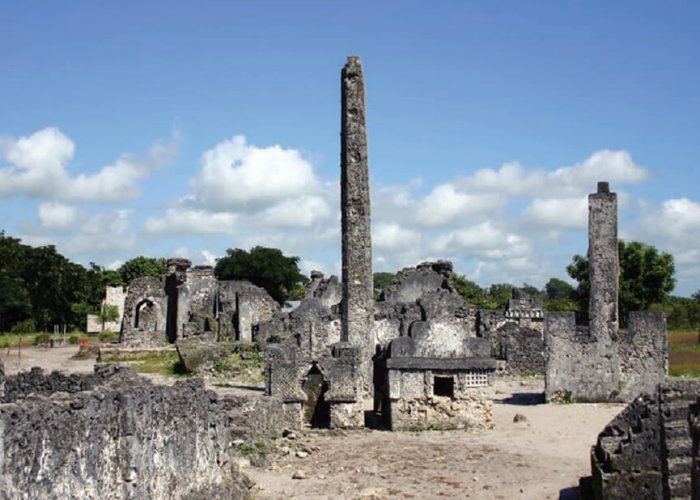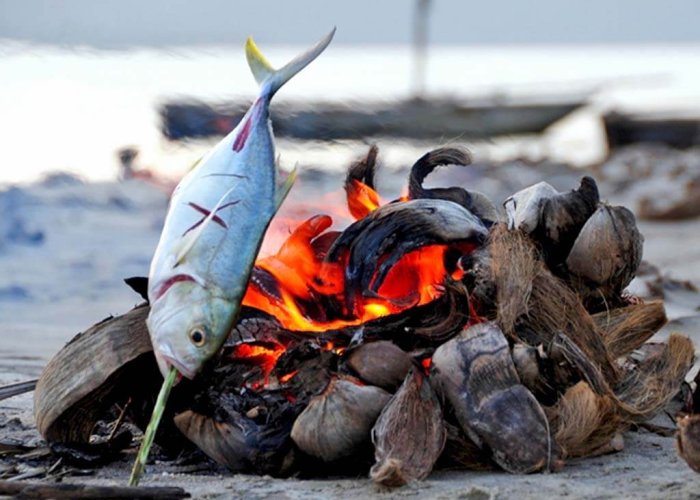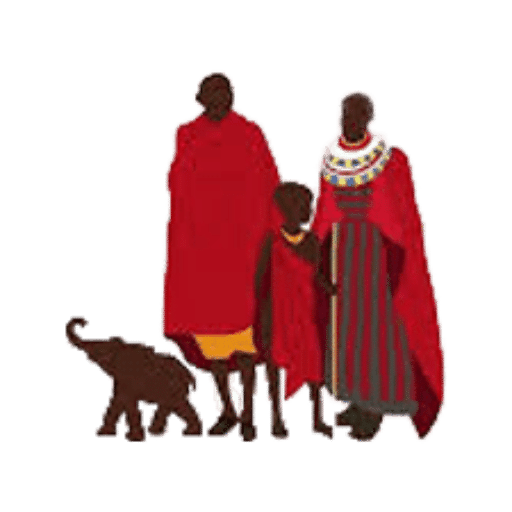The Coast
Overview
The coastal region of Tanzania offers a blend of cultural, historical, and natural attractions. Travelers can relax on pristine beaches, indulge in water sports, explore historic towns, and enjoy fresh seafood. The area is also known for its Swahili culture and influences from Arabia, India, and Europe. Whether you’re interested in relaxation, adventure, or cultural exploration, the Tanzanian coast has something to offer for every traveler.
Wildlife Safari, Birding and Beach Holiday
Dar Es Salaam City, Bagamoyo City and Saadani National Park
DAR ES SALAAM CITY
Whilst the bustling vibrant city of Dar es Salaam is the commercial capital of Tanzania the beaches just north of the city offer tourist and residents a well resort experience rivaling the well know beach resorts of the Indian ocean islands.
Dar es Salaam, meaning “haven” or heaven of peace” lost its capital status to Dodoma in 1974, it has much of interest to tourists staying in the city before, or after, their safari to the parks and game reserves in the south. The Nyerere Cultural Center, a self-supporting handcraft scheme, is well worth a visiti. Here over 100 young-artist can be seen at work producing various works including paintings, carvings, batiks, pottery and weavings. Enjoy the hustle and bustle of the Kariakoo Market were fish, fruit, vegetables, traditional medicines, herbs and livestock are traded. The maze of stalls and shops in the Bazaar that surrounds the market, are also worth exploring. Nearby beaches include Amani, Bahari, Jangwani, and Kunduchi beaches also features water parks.
Oyster Bay Also a very popular place for tourists to visit with a number of Shopping centres and a good variety of restaurants serving international and local cuisine. Not visit to Oyster Bay is complete without a visit to Tinga Tinga Arts Cooperative Society to buy a wide choice of authentic Tanzanian art. The paintings are known for their enameled colours and highly decorative patterns reflecting the heritage of traditional hut paintings.
Dar es Salaam also serves as a convenient connection for travel to the islands of Mafia, Zanzibar and Pemba both by sea and air. A city tour of Dar will take you to the National Museum, Mwenge Wood Carvings, Nyerere Cultural Center, Village Museum and Magogoni Fish Market.



BAGAMOYO CITY
Some 75 km to the north of Dar es Salaam lies Bagamoyo, once the penultimate stop for for slave and ivory caravans travelling from Lake Tanganyika on their way to Zanzibar, the name Bagamoyo means “Bury my Heart” in Swahili. It was the capital of German East Africa and was one of the most important trading ports along the East African coast.
Many of the famous European explore such as Henry Morton Stanley, Speke and Burton started their journeys of exploration from Bagamoyo. At the Catholic Mission in the town the body of David Livingstone was placed here by his faithful servants before being sent to Westminster Abbey for his final burial. The local museum has a wonderful collection of photographs relating to David Livingstone’s life and explorations in Africa.
Tourist attractions include the Kaole ruins, about 5 kilometres to the south of Bagamoyo are the ruins of a once prosperous Arab town, which was forced into decline by the arrival of the Portuguese in the 15th century. The ruins, dating back to the 13th century, include two coral mosques, one, the oldest in Tanzania and one of the oldest in East Africa, and Shiraz-style pillared tombs, the first Roman Catholic Church in East Africa built around 1868 used as a base to run a camp of about 650 freed slaves, the Mission Museum displaying history of Bagamoyo, and the Livingstone Memorial Church. Bagamoyo white sand beaches are considered some of the finest on the whole of the East African coast.



SAADANI NATIONAL PARK
Tanzania’s first coastal wildlife sanctuary is located on the Indian Ocean coast some 45km north of Bagamoyo and directly west of Zanzibar. The park contains many indigenous species including Liechtenstein’s hartebeest and the rare Roosevelt sable. A good population of elephant live in Saadani as do several herds of buffalo while numerous large groups of hippo and crocodile inhabit the nearby Wami River.
Lion, leopard, spoteed hyena, and black – backed jackal are present s are eland, giraffe, gretter kudu, red duiker, reedbuck, warthog, waterbuck, wildebeest, zebra, yellow baboon and vervet monkey. The bird life is extensive and includes fish eagle, flamingo and the mangrove kingfisher. Dolphin are common off the cast; whales pass through the Zanzibar channel, and green turtle breed on the oldest communities on the East African coast, the Kaole ruins and historic Bagamoyo are nearby.




